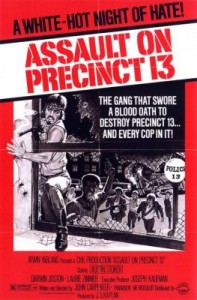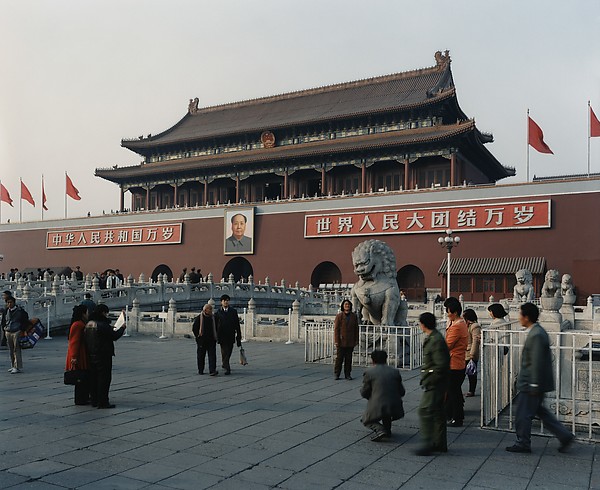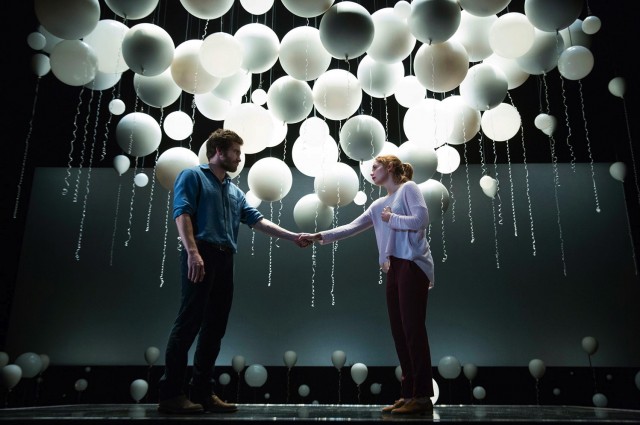
Beekeeper Roland (Jake Gyllenhaal) and cosmologist Marianne (Ruth Wilson) look at life and love from all sides in CONSTELLATIONS (photo © 2014 Joan Marcus)
Manhattan Theatre Club at the Samuel J. Friedman Theatre
261 West 47th St. between Broadway & Eighth Aves.
Tuesday – Sunday through February 28, $67-$125
www.manhattantheatreclub.com
www.constellationsbroadway.com
It takes several minutes to get into the flow and rhythm of Nick Payne’s Constellations, a two-character play set in the quantum multiverse, in the “past, present, and future.” Beekeeper Roland (Jake Gyllenhaal) and cosmologist Marianne (Ruth Wilson) meet in a bar, have a brief chat, the lights go out, then they do it again, and again. But each time, something changes — the tone of their voice, the movement of their bodies, their positioning onstage, a word here and there. What at first seems like it might be just a tiresome theatrical exercise turns out to be a captivating, sophisticated exploration of the many roads a relationship (and storytelling itself) can take. Over the course of seventy minutes, there are more than fifty short scenes as Roland and Marianne go through repeated iterations of hooking up and not, discussing their careers, being faithful and unfaithful, and, ultimately, facing mortality square in the face. Once you fall under the spell of the drama’s intellectual conceit, a scene won’t even be over before you’re eagerly anticipating how the next one will be slightly different. Constellations is no mere Sliding Doors rehash in which the protagonists have two choices that will take their lives in alternate directions, nor is it as black and white as the Star Trek episode “The Enemy Within,” in which each character has a good and evil version; instead, it posits that there are parallel universes in which Roland and Marianne are interacting at the same time, each one similar but unique — and each one, ultimately, ending in death, something that never changes.
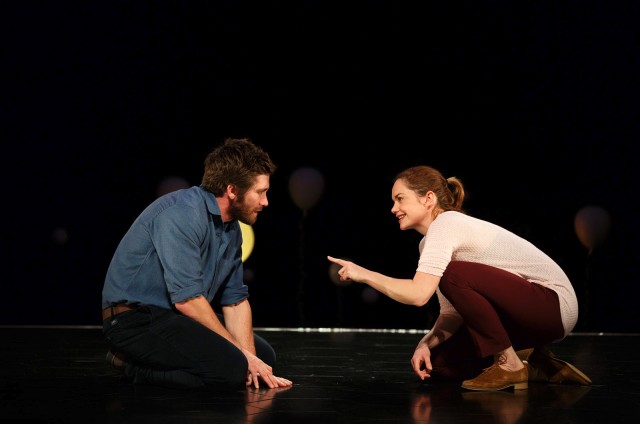
Jake Gyllenhaal and Ruth Wilson both excel in their Broadway debuts in superb Nick Payne play (photo © 2014 Joan Marcus)
In writing Constellations, Payne — who previously tackled climate change in If There Is I Haven’t Found It Yet, in which Gyllenhaal made his New York theater debut — was inspired by the work of Columbia physics and mathematics professor Brian Greene, the superstring theorist and author of the highly influential book The Elegant Universe, giving an intriguing, well-researched scientific edge to the play. While Marianne’s job has her studying the origin of the universe, Roland is a rooftop beekeeper, caring for insects whose very existence might determine the future of the planet. In her Broadway debut, Wilson, whose star has risen dramatically in just a few short years — the thirty-three-year-old actress has won two Olivier Awards and had starring roles in such well-received television series as Luther and The Affair — is sensational as Marianne, combining an innate intelligence with just the right amount of vulnerability. And in his Broadway debut, the thirty-four-year-old Gyllenhaal — who is currently up for an Oscar for his performance in Nightcrawler and has starred in such other films as Zodiac, Brokeback Mountain, and Proof — is a worthy partner as he keeps his character beguilingly unpredictable under the sure hand of Michael Longhurst, who previously directed Gyllenhaal in the Roundabout production of If There Is I Haven’t Found It Yet and Wilson in Arthur Miller’s The Crucible, when the two were at the University of Nottingham together. The play, which originated in London with Rafe Spall (Life of Pi, Betrayal), who also originated the role Gyllenhaal played in If There Is, and Sally Hawkins (Happy-Go-Lucky, Blue Jasmine), features a fascinating set designed by Tom Scutt, with lighting by Lee Curran; the actors remain on a central rectangular platform that is surrounded on three sides and above by balloons that represent stars, with different orbs glowing on and off in each scene. Constellations is a challenging, intellectually stimulating and satisfying work, expertly written, directed, and acted, but even with all the thought-provoking science, when it comes right down to it, it’s really just a, er, universal love story, as boy meets girl, then boy meets girl, then boy meets girl….
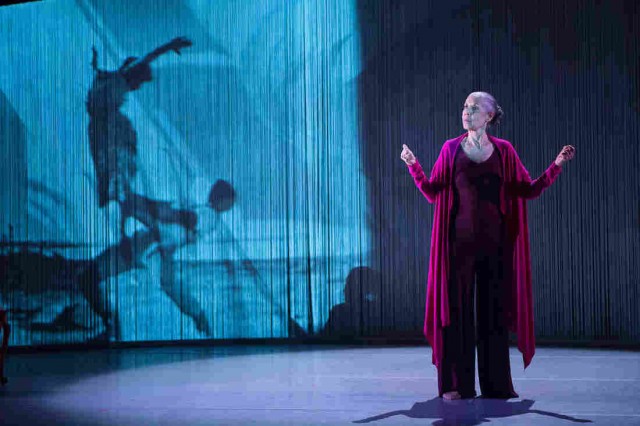
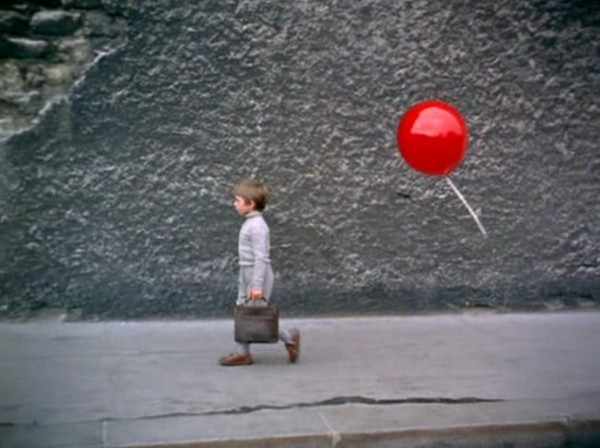
 Lovingly restored several years ago by Janus Films in a new 35mm print, Albert Lamorisse’s The Red Balloon, which won the Palme d’Or at Cannes and an Oscar for Best Original Screenplay, tells the story of a young boy (Pascal Lamorisse, the director’s son) who makes friends with an extraordinary red balloon, which follows him through the streets of Belleville in Paris, waits for him while he is in school, and obeys his every command. But the neighborhood kids are afraid of this stranger and go on a mission to burst the young boy’s bubble. Lamorisse gives life and emotion to the balloon (more than twenty-five thousand were used in the making of the film) in a masterful use of simple special effects well before CGI and other modern technology. The Red Balloon also features the splendid music of Maurice Leroux and the fine photography of Edmond Séchan, which beautifully sets the large red balloon against the gray of the streets and buildings of Paris’s Ménilmontant district. The thirty-four-minute film can also be seen as a parable about Jesus and the birth or Christianity, though it’s best not to read too much into it. The Red Balloon is screening daily February 16-21 at 1:00 at the Museum of Moving Image in conjunction with city schools’ winter break. On February 19 at 2:15, the museum will be hosting “The Red Balloon Animation Adventure,” an hour-long workshop ($5) for children ages six in which kids can create their own little Red Balloon movie.
Lovingly restored several years ago by Janus Films in a new 35mm print, Albert Lamorisse’s The Red Balloon, which won the Palme d’Or at Cannes and an Oscar for Best Original Screenplay, tells the story of a young boy (Pascal Lamorisse, the director’s son) who makes friends with an extraordinary red balloon, which follows him through the streets of Belleville in Paris, waits for him while he is in school, and obeys his every command. But the neighborhood kids are afraid of this stranger and go on a mission to burst the young boy’s bubble. Lamorisse gives life and emotion to the balloon (more than twenty-five thousand were used in the making of the film) in a masterful use of simple special effects well before CGI and other modern technology. The Red Balloon also features the splendid music of Maurice Leroux and the fine photography of Edmond Séchan, which beautifully sets the large red balloon against the gray of the streets and buildings of Paris’s Ménilmontant district. The thirty-four-minute film can also be seen as a parable about Jesus and the birth or Christianity, though it’s best not to read too much into it. The Red Balloon is screening daily February 16-21 at 1:00 at the Museum of Moving Image in conjunction with city schools’ winter break. On February 19 at 2:15, the museum will be hosting “The Red Balloon Animation Adventure,” an hour-long workshop ($5) for children ages six in which kids can create their own little Red Balloon movie. 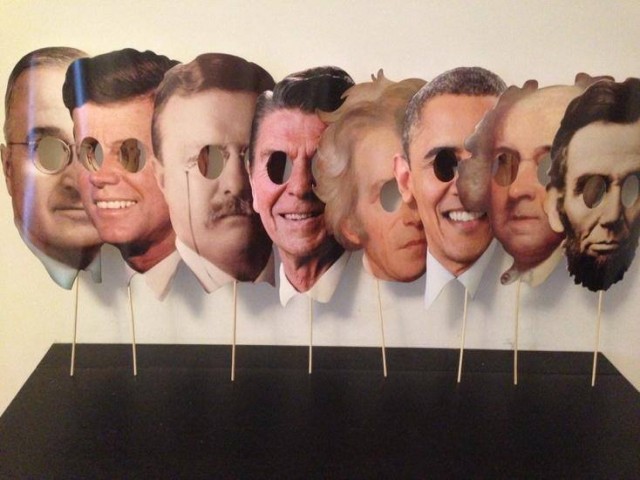

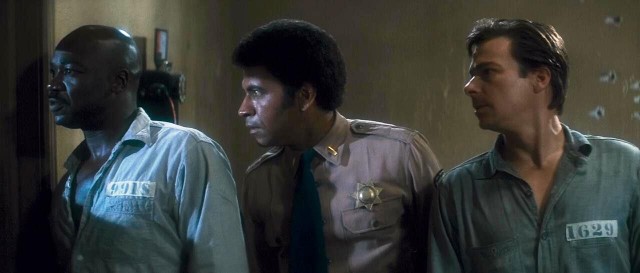
 In his second film as writer, director, producer, and composer (following Dark Star, which he cowrote with Dan O’Bannon), low-budget maestro John Carpenter turns an about-to-be-abandoned police station in the fictional L.A. ghetto of Anderson into the Alamo in the urban-angst thriller Assault on Precinct 13. Setting the stage with a pulsating synth score and a beautifully cheesy opening-credits design, Carpenter captures the rage and unrest burning inside America in the 1970s in this claustrophobic tale of revenge. Austin Stoker stars as Lt. Ethan Bishop, an easygoing cop who is given the supposedly painless job of monitoring a police precinct in South Central Los Angeles on its final day of business, as a few of the last remaining workers pack up boxes and bid the place farewell. But following a police ambush of the Street Thunder gang and the senseless murder of a little girl, an ever-increasing number of gang members soon descend on the station, seeking bloody retribution. Bishop is forced to defend the precinct with secretaries Leigh (Zimmer) and Julie (Nancy Loomis) and dangerous convicts Napoleon Wilson (Darwin Joston) and Wells (Tony Burton) as the power is cut off and their weapons dwindle. The unending stream of gang members swarm around the station like zombies, trying to burst through doors and windows, as the cops and the cons struggle to come up with a plan to save themselves before all hope is lost. “The very least of our problems is that we’re out of time,” Leigh says to Wilson, who replies, “It’s an old story with me. I was born out of time.”
In his second film as writer, director, producer, and composer (following Dark Star, which he cowrote with Dan O’Bannon), low-budget maestro John Carpenter turns an about-to-be-abandoned police station in the fictional L.A. ghetto of Anderson into the Alamo in the urban-angst thriller Assault on Precinct 13. Setting the stage with a pulsating synth score and a beautifully cheesy opening-credits design, Carpenter captures the rage and unrest burning inside America in the 1970s in this claustrophobic tale of revenge. Austin Stoker stars as Lt. Ethan Bishop, an easygoing cop who is given the supposedly painless job of monitoring a police precinct in South Central Los Angeles on its final day of business, as a few of the last remaining workers pack up boxes and bid the place farewell. But following a police ambush of the Street Thunder gang and the senseless murder of a little girl, an ever-increasing number of gang members soon descend on the station, seeking bloody retribution. Bishop is forced to defend the precinct with secretaries Leigh (Zimmer) and Julie (Nancy Loomis) and dangerous convicts Napoleon Wilson (Darwin Joston) and Wells (Tony Burton) as the power is cut off and their weapons dwindle. The unending stream of gang members swarm around the station like zombies, trying to burst through doors and windows, as the cops and the cons struggle to come up with a plan to save themselves before all hope is lost. “The very least of our problems is that we’re out of time,” Leigh says to Wilson, who replies, “It’s an old story with me. I was born out of time.”